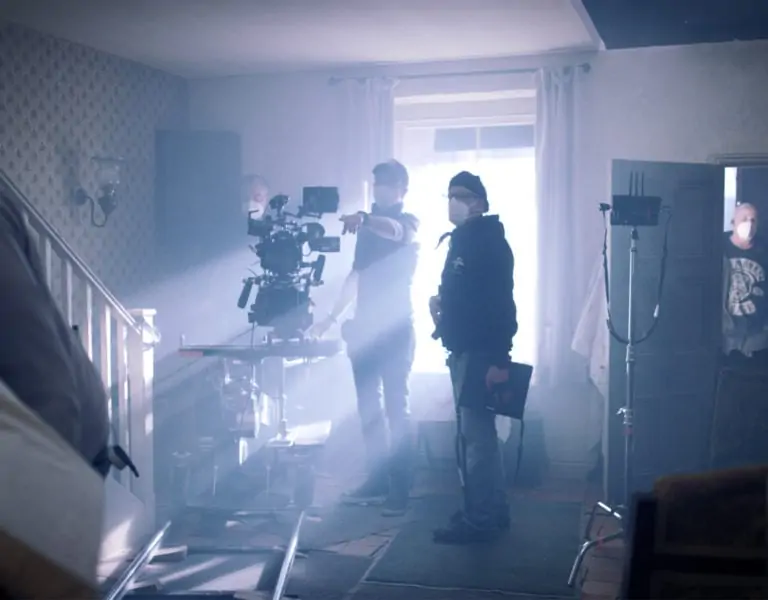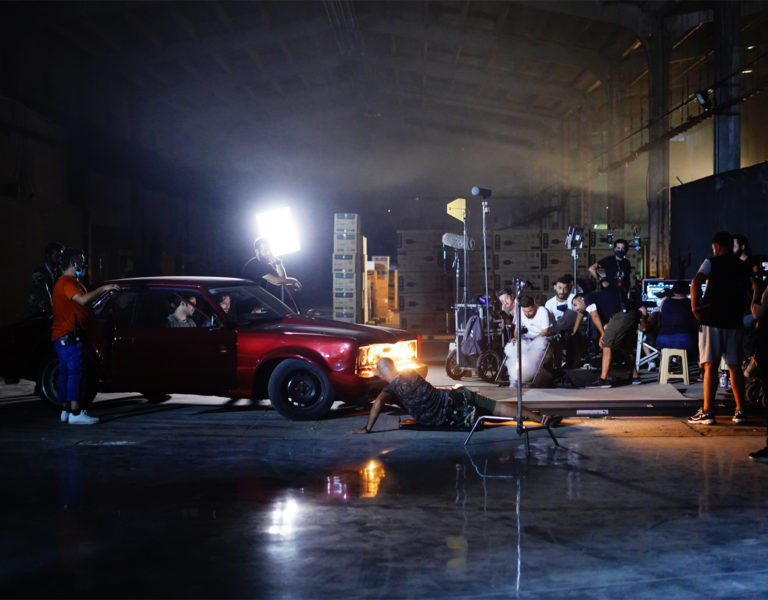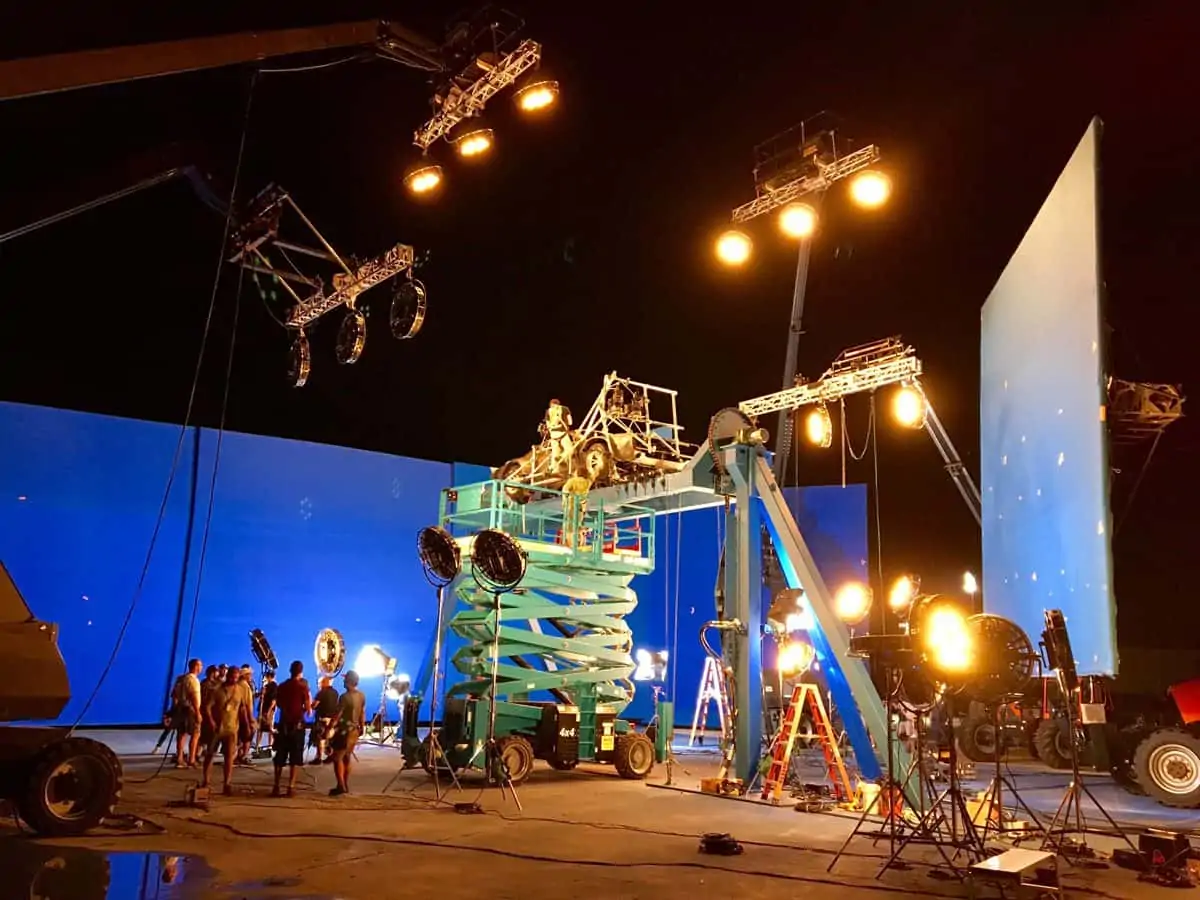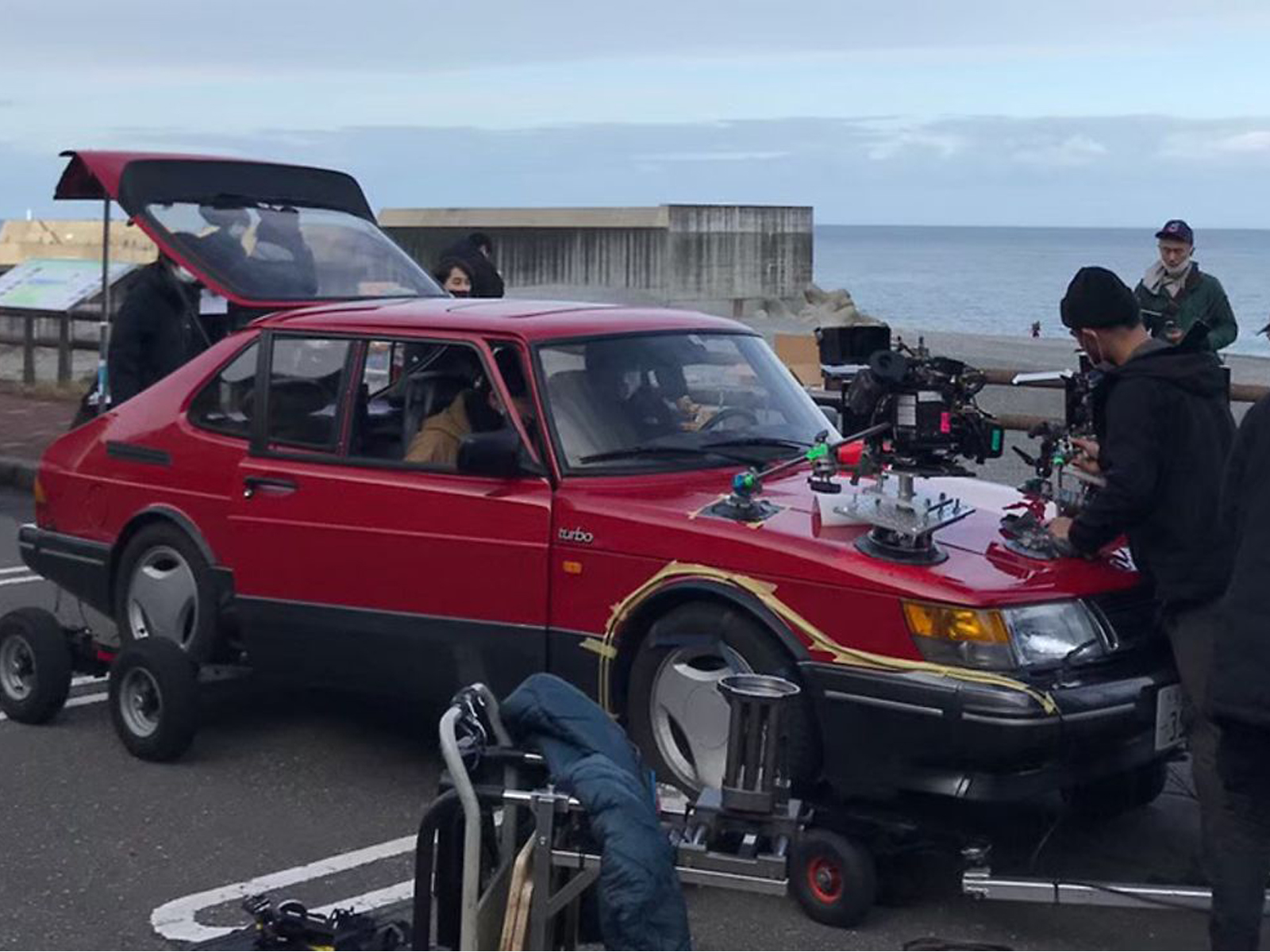
DP Hidetoshi Shinomiya and lighting director Daiki Takai JSL relied on the stability and versatility of ARRI equipment to capture the genuine and raw emotions of the characters from the Oscar-winning film Drive My Car.
Drive My Car has been taking the world by storm, recently adding the Academy Award for Best International Feature to its long list of accolades. The film is widely known for writer and director Ryusuke Hamaguchi’s artful adaptation of Haruki Murakami’s short stories and its examination of human emotions. However, beyond the storytelling, the production also paid careful attention to the film’s cinematography. DP Hidetoshi Shinomiya and Lighting Director Daiki Takai JSL took the challenge of transforming this multi-layered narrative into purposefully captured images with the aid of ARRI’s ALEXA Mini, Ultra Prime lenses, and M-Series lights.
“Director Hamaguchi has a very unorthodox style of shooting. After receiving the storyboard from the production, we worked together to create a running concept for the film. We wanted to express the ambiguity that exists within each individual and how we usually don’t know each other as well as we thought,” says Shinomiya.
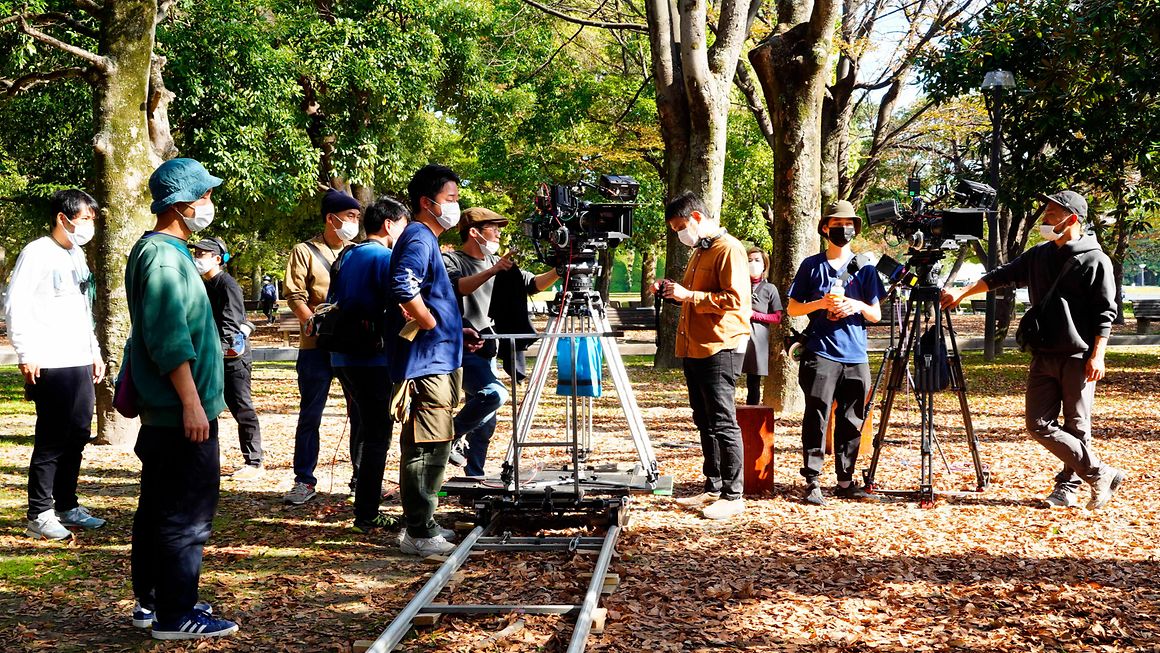
“At the beginning of the film, when Oto was telling her story, you could only see a silhouette of her naked figure but not her face. This detail was deliberate to give the audience a sense of enigma and room to imagine who the character was and what she could be hiding behind her voice. Furthermore, as husband and wife, Kafuku and Oto’s relationship should have little to no gaps, but we used the image to convey otherwise,” continues Shinomiya. “The dialogue and images constantly contradicted one another, which was the director’s theme throughout the film.
To add more to the mystery, Shinomiya opted to shoot in cooler blue tones, taking inspiration from the films of Portuguese cinematographer Eduardo Serra and French director Claude Chabrol. “While I was reading the original story by Haruki Murakami, I imagined it in the color of twilight—neither brightly lit nor completely dark. I wanted to keep the light and color natural but with a unique twist,” says Shinomiya.
For the award-winning cinematographer, the story and cinematography of Drive My Car unconsciously complemented each other. “The story was quite complex while the cinematography was simple but meaningful. We did not fixate on the technical details. Our goal was to reflect what the characters were genuinely feeling at that moment,” explains Shinomiya. “The priority was always the actors and the characters they were portraying, while the crew was there to support them. This was Hamaguchi’s way.”
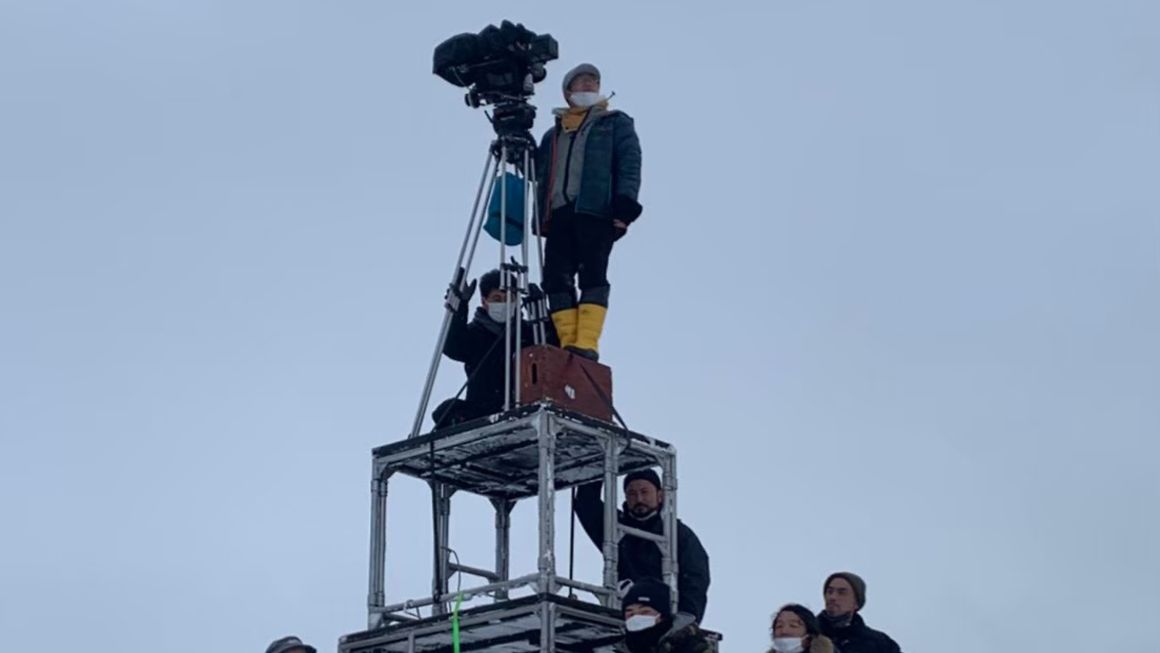
With this approach in mind, the camera and lighting crew had to provide a smooth production environment, so the director and actors could focus on their craft. This decision led them to the ALEXA Mini and Ultra Prime lenses. “I chose the ALEXA Mini because it’s a safe and reliable camera with solid quality. We only had a few test and rehearsal shoots because Hamaguchi wanted to capture the real and raw tension between the actors during those first few takes. As the DP, I felt a sense of responsibility to avoid wasting a single shot, so it was crucial for the equipment on set to be reliable and user-friendly,” says the veteran cinematographer.
“This is the first time I used the Mini, and I was happy with the look and texture it provided. It also gave me a shallower depth of field and a more accurate rendition of colors. As for the Ultra Primes, I’ve used them a lot for my work, and I’ve always loved their sharpness and how they capture natural images without any hassle,” reveals Shinomiya, who has long been a fan of ARRI’s ALEXA cameras.
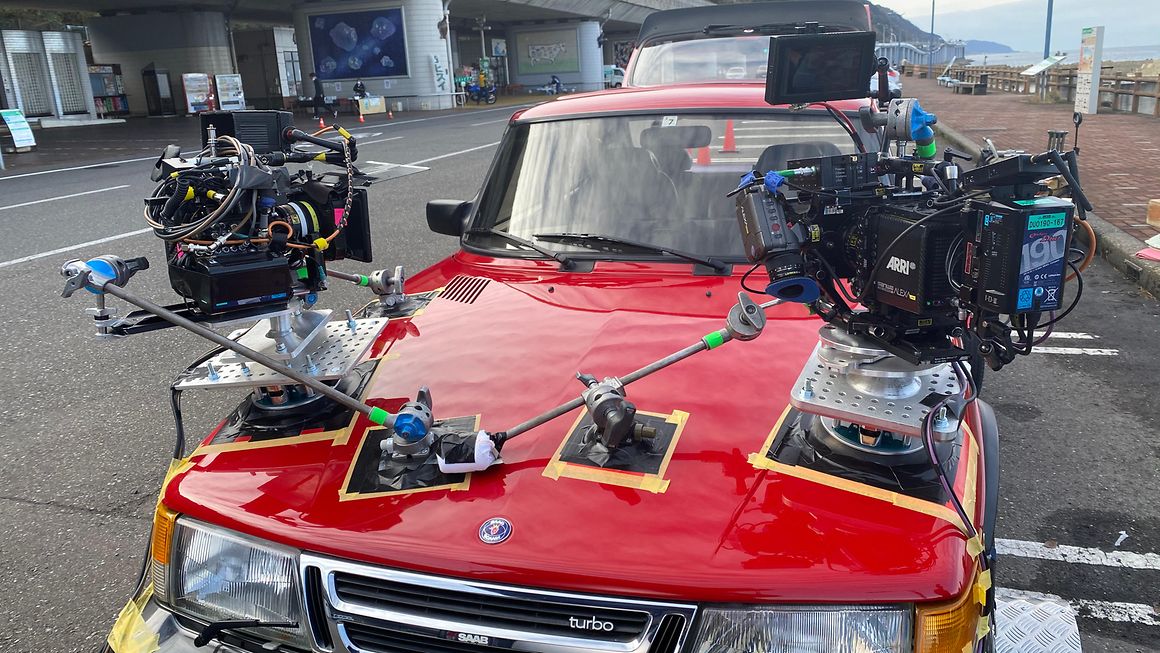
With many of the scenes shot in the titular car, size and versatility were also a concern for the camera team. He goes on, “The space inside the red Saab was extremely tight, but the ALEXA Mini was flexible enough where we could use two of them at the same time. It also had no fan noise.”
“Almost 90 percent of the scenes with the car were pre-calculated. Even the exact timing of the transition from exterior shots, where the characters were not yet visible on screen, to the frame gradually moving closer, finally showing their faces and expressions. Every part of it was intricately designed to give the audience time to think and be curious about what was going on inside the car before anything was revealed,” says Shinomiya.
Along with the two Minis and Ultra Prime lenses, ARRI M-Series lights were also used as the main light source for the film. “Director Hamaguchi doesn’t like lighting that is too artificial or excessive. We only used what was necessary and appropriate for each scene,” Lighting director Takai reveals. “We made sure to light a large enough space for the actors and cars to move around, avoiding the need for considerable adjustments that would eat up the time. This made ARRI M-Series lights essential. They are my go-to lights, and there are no other lights of this type I would like to use on set.”
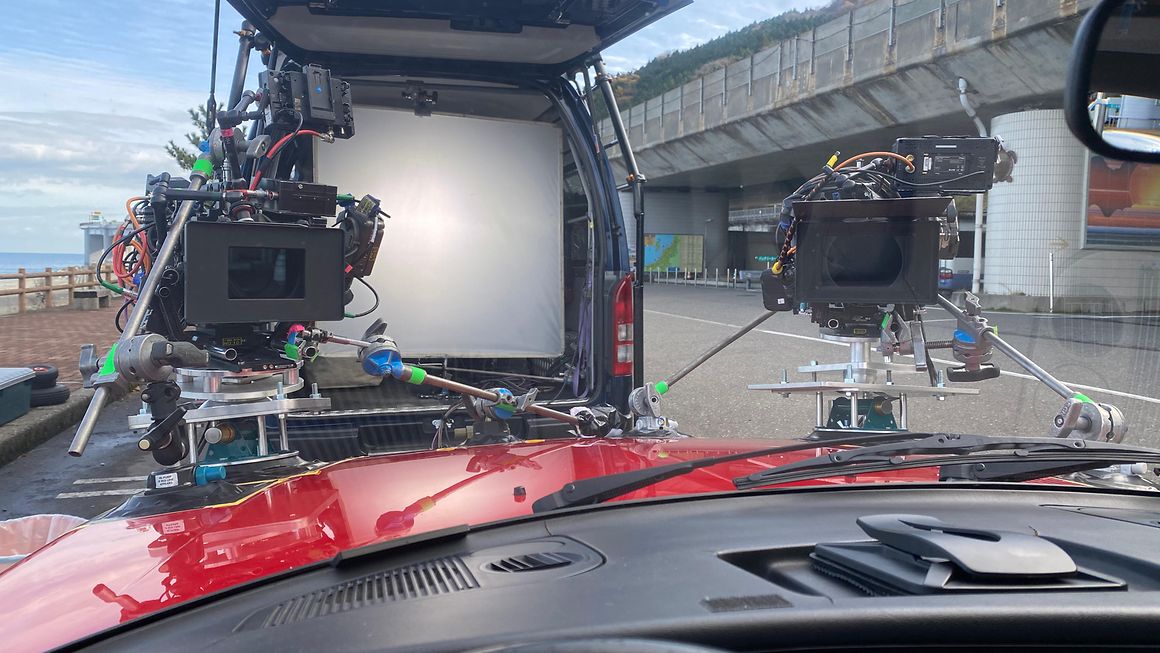
Besides their high-quality illumination, M-Series lights also helped to stay within budget. The critically acclaimed film is also known for its low production budget, with most of it allocated towards casting rather than equipment. “People are talking about how Drive My Car is a low-budget film compared to the others, but they fail to understand how challenging production was and how the entire crew exerted huge efforts to make the film happen with minimal resources. Everyone cooperated and gave their all because they respected Hamaguchi and his vision,” says Takai.
Despite the challenges of a limited budget, Drive My Car has gone on to nab hundreds of awards and nominations, proving that the formula for a successful film can be as simple as a great story, a dedicated team, and reliable equipment.
Drive My Car is currently streaming on HBO Max.







